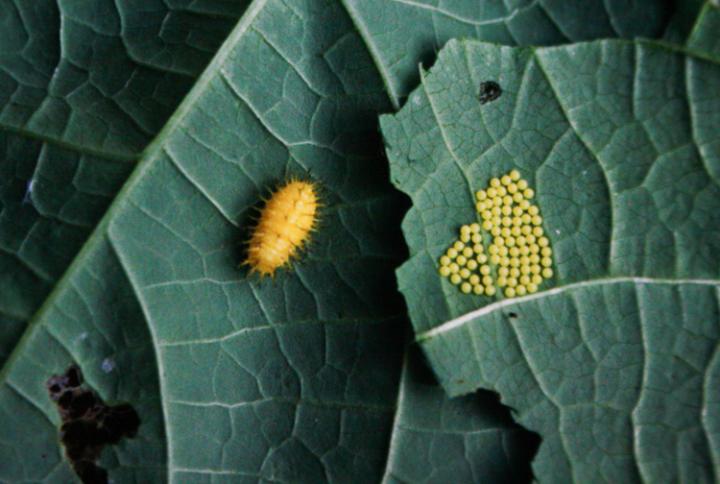
Caption
Mexican bean beetles are often mistaken for yellow or orange ladybugs.
Photo Credit
Barbara Pleasant
Become a better gardener! Discover our new Almanac Garden Planner features for 2024. It’s easy, fun, and free to try!
Subhead
How to Identify and Get Rid of Mexican Bean Beetles
Pest Type
Plants Affected
Read Next
Gardening Products
ADVERTISEMENT
Comments
Add a Comment
Do squash bugs have a natural predator? They wiped out every vine crop I planted this year. Nothing stopped them, my daughter had them bad this year too; she also lost all of her vines.
This page is about the mexican bean beetle. Please go here for more information: http://www.almanac.com/pest/squash-bugs













